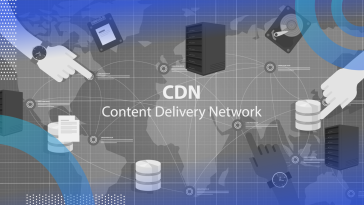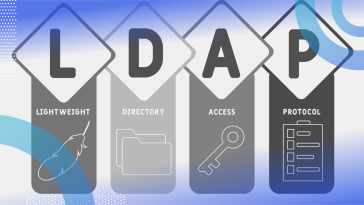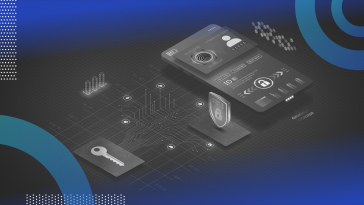Sort By
Most Recent
20 Articles
A content delivery network (CDN) is a geographically distributed system of servers that cache and deliver web content to users based on their location to improve speed, reliability and security.
Discretionary access control (DAC) is a security model where the owner of a resource grants users permission to access that resource.
Microsegmentation is a popular security framework that limits vulnerability to cyberattacks and mitigates the damage attackers can do to your systems. Our expert explains how it works.
Why do we use LDAP and how does it work? Our expert explains the ins and outs of the Lightweight Directory Access Protocol.
PHI (protected health information) is data collected about patients. Here’s what counts as PHI and why it’s important to protect.
I/O refers to the communication between an information system, like a computer or server, and another system or user. Here’s everything you need to know about I/O.
An RFP (request for proposals) is a business document that announces and describes new business initiatives or projects, then requests bids from qualified contractors to complete the work.
SSO (single sign-on) is a method of authentication that uses one set of credentials to authenticate to one or more applications.
A gigabyte (GB) is a form of digital measurement used to describe the size of information on a system or the capacity of storage available on a disk or other digital storage media. A gigabyte is equal to one billion bytes.
Spear phishing is a type of phishing attack where cybercriminals impersonate trusted sources to deceive individuals into revealing sensitive data or downloading malware.
A distributed denial-of-service (DDoS) attack is a cyber attack that uses multiple compromised devices to overwhelm a system with traffic, disrupting access to its services.
Cloud Security Posture Management is a vital part of a robust defense against cyberattacks for any business that uses cloud computing. Here, our expert introduces you to its components.












